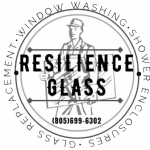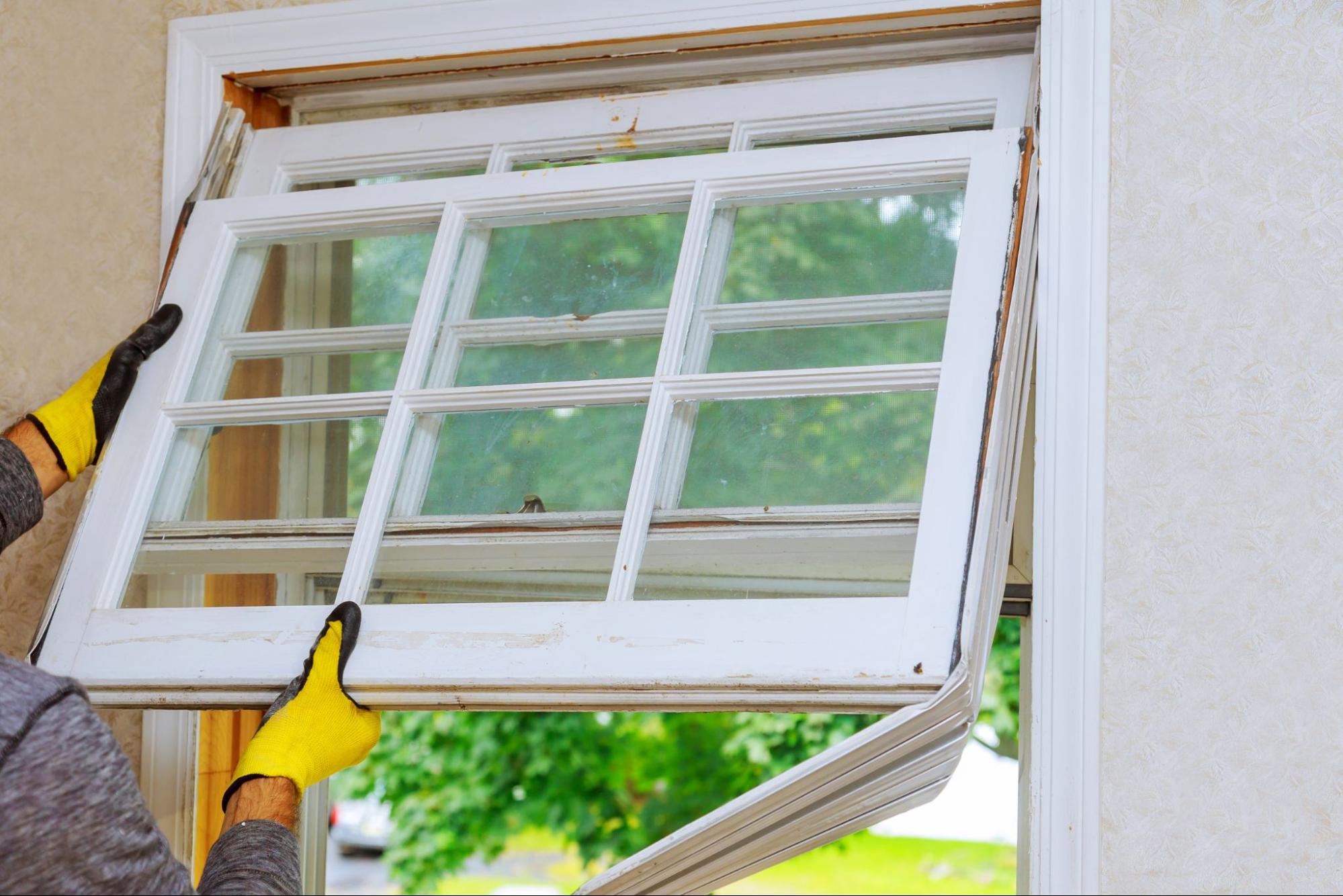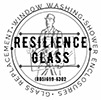A crack in a window or shattered glass in a door can feel like an unexpected headache. It’s not just about fixing a broken piece; it’s about choosing the right replacement to restore safety, beauty, and functionality. Many homeowners and businesses face the dilemma of balancing quality and affordability, often unsure of what drives the cost. Without understanding these factors, it’s easy to overspend or compromise on quality. Replacement glass isn’t just an expense; it’s an investment in your space’s longevity and value.
Key Elements Impacting Replacement Glass Prices
Replacement glass prices can feel unpredictable without the correct information. Several factors combine to determine the total cost, often varying from one situation to another. Recognizing what drives these differences can help you make smarter, more cost-effective decisions:
Glass Type and Quality
The type of glass selected has the most significant impact on cost. Standard glass is the most affordable but may lack durability or safety features. Tempered glass, often used for its strength and shatter resistance, costs more. Specialty glass, like insulated or decorative options, comes at a premium due to its advanced properties. Choosing the proper glass balances needs and budget, ensuring durability and performance.
Size and Dimensions of the Glass
The size of the glass directly correlates with its price. Larger panes require more material, increasing the cost. Custom sizes often add to the expense due to additional manufacturing requirements. When replacing unusually shaped or oversized glass, anticipate higher charges. Standard sizes are more affordable, so consider this when estimating your project’s cost.
Labor and Installation Charges for Replacement Glass
Labor charges often account for a significant portion of replacement glass costs. Installation complexity, the expertise required, and additional equipment can increase prices. A professional installation ensures precision and durability, but it’s essential to understand the specifics behind the costs:
Complexity of the Instal
staller can guarantee quality work but comes at a premium. On the other hand, DIY installations might save money upfront but carry risks. Incorrect installation can lead to long-term issues like poor sealing, drafts, or even safety hazards. Weigh the immediate cost savings against a DIY approach’s potential risks and future expenses.
Hidden Expenses in Glass Replacement Projects
Other factors may inflate costs beyond the glass and installation. Accessories or energy-efficient upgrades can add value but come at an additional price. Emergency services or rushed timelines can also significantly increase expenses:
Accessories and Add-Ons
Extra features like frosting, tinting, or soundproofing can elevate the functionality and appearance of your glass. While beneficial, these add-ons often come with a higher price tag. Before committing to extras, ensure they align with your needs and budget.
Emergency or Rush Services
Needing immediate replacement glass services often comes at a premium. Companies may charge extra for same-day or after-hours installations. Planning replacements ahead of time can help avoid these added costs, but urgent situations sometimes leave little choice.
Tips for Reducing Replacement Glass Costs
Finding ways to save on replacement glass doesn’t have to be challenging. With the right approach, you can lower expenses without compromising on quality. Simple, proactive steps can make a significant difference in managing costs effectively.:
Compare Multiple Quotes
Shopping around can uncover significant price variations. Different providers offer varied pricing based on materials, labor, and services. Always compare at least three quotes to ensure you get a fair deal. Don’t be afraid to negotiate or ask for discounts.
Regular Maintenance to Prevent Replacement
Routine maintenance can prolong the lifespan of your glass and prevent costly replacements. Cleaning, sealing, and promptly addressing minor damage can save you money. Small investments in upkeep help avoid significant expenses down the road.
How to Choose the Best Replacement Glass for Your Needs
Choosing the right replacement glass requires thoughtful consideration. It’s important to align your choice with your budget and specific requirements. Making informed decisions ensures long-term satisfaction and value for your investment.
Balancing Cost and Quality
Compromising on quality to save money can lead to long-term issues. Choose a glass type that offers durability and fits your budget. High-quality glass often results in fewer repairs or replacements in the future, saving money in the long run.
Understanding Warranty Options
Many glass providers offer warranties covering defects or damage. These warranties provide long-term peace of mind and protect against unexpected costs. Always review warranty terms to ensure coverage in case of future issues.
The Value of Investing in Replacement Glass
Investing in replacement glass goes beyond fixing a problem. It enhances safety, improves aesthetics, and can even reduce energy costs. Understanding its long-term benefits ensures you make decisions that add value to your property.
Safety and Aesthetic Benefits
Replacement glass doesn’t just restore function; it enhances the appearance of your space. Modern glass options offer safety features that protect against breakage and accidents. Improved aesthetics and safety increase the overall value of your property.
Longevity and Efficiency
Quality replacement glass provides lasting performance and energy efficiency. Insulated or low-emissivity glass reduces heating and cooling costs. Over time, these savings offset the initial investment, making replacement glass a wise financial decision.
Insurance and Replacement Glass
Insurance coverage can significantly ease the financial burden of replacing damaged glass. Depending on the nature of the damage and the policy’s specific terms, homeowners, renters, and business insurance policies often include provisions for glass replacement. Understanding what your policy covers and how to file a claim is essential for leveraging this benefit effectively.
Types of Damage Typically Covered
Most standard insurance policies typically cover damage caused by storms, accidents, or vandalism. However, normal wear and tear or damage due to neglect are usually excluded. It’s important to review your policy closely to determine whether replacement glass costs are included and under what circumstances claims can be made.
Filing a Claim for Replacement Glass
Filing an insurance claim for glass replacement requires accurate documentation. It usually includes photographs of the damage, receipts for replacement, and any reports from professionals who assess the damage. Working with an approved contractor or glass company, as your insurer recommends, can streamline the process and ensure appropriate reimbursement of the costs.
Considering Deductibles and Cost-Effectiveness
Some policies also include a deductible, meaning you’ll pay a set amount out of pocket before the insurance covers the rest. If the cost of the replacement is less than the deductible, filing a claim may not be worthwhile. Always weigh the replacement cost against the deductible to determine the best action.
Preparing for the Unexpected
Insurance offers peace of mind when unexpected glass damage occurs, but being proactive is equally essential. Regular policy reviews and clear communication with your insurer can help you stay prepared for emergencies and avoid surprises regarding coverage.
Regional Differences in Replacement Glass Costs
The cost of replacement glass can vary significantly depending on your location. Factors such as local labor rates, material availability, and regional climate needs all influence pricing. Recognizing how these elements differ geographically can help you better plan and budget for your replacement project:
Urban vs. Rural Pricing Variations
In urban areas, replacement glass costs are often higher due to increased labor rates and service demand. Conversely, rural locations might offer lower labor costs, but transportation fees for materials can increase the total expense. Additionally, urban providers may have a wider selection of materials and services, offering more customization options.
Climate Impact on Glass Selection and Cost
Regional climates determine the type of glass needed, which directly affects cost. For example, insulated or double-pane glass is popular in colder regions to improve energy efficiency. In contrast, hotter climates might require tinted or low-emissivity glass to block heat and UV rays. These specialized options often come at a premium but provide long-term savings in energy costs.
Material Availability and Local Sourcing
Regions with easier access to manufacturing facilities or raw materials may have lower glass replacement costs. Areas farther from production hubs might face higher prices due to transportation and limited availability. Local sourcing can reduce these costs, so it’s worth exploring providers within your region.
Regional Regulations and Standards
Local building codes and regulations can also influence the type of glass required and its cost. For example, areas prone to hurricanes may mandate impact-resistant glass, which is more expensive. Understanding your local regulations ensures compliance and avoids unexpected expenses during replacement.
Maximize the Potential of Replacement Glass
Replacing glass isn’t just a repair—it’s an opportunity to improve your space. From enhancing energy efficiency to adding a sleek, modern look, the right glass can transform your property. Don’t let uncertainty or hesitation hold you back from making the best choice. Take charge of your decisions, knowing that every upgrade today builds a more secure, beautiful, and functional future. The potential is there—make it a reality with thoughtful and informed replacement glass choices.
Visit our Resilience Glass blog for more advice, trends, and solutions to maximize your replacement glass investment.






